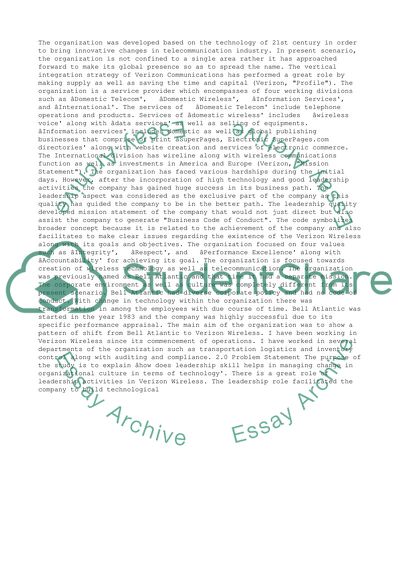Cite this document
(“Technology and Its Role in Creating a Corporate Culture Essay”, n.d.)
Retrieved de https://studentshare.org/management/1390220-technology-and-its-role-in-creating-a-corporate
Retrieved de https://studentshare.org/management/1390220-technology-and-its-role-in-creating-a-corporate
(Technology and Its Role in Creating a Corporate Culture Essay)
https://studentshare.org/management/1390220-technology-and-its-role-in-creating-a-corporate.
https://studentshare.org/management/1390220-technology-and-its-role-in-creating-a-corporate.
“Technology and Its Role in Creating a Corporate Culture Essay”, n.d. https://studentshare.org/management/1390220-technology-and-its-role-in-creating-a-corporate.


